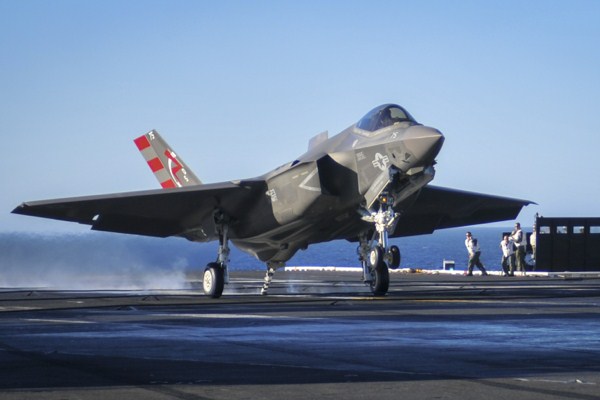Canada may scale back its purchase of F-35 fighter jets, citing rising costs, according to a government report released last week. In an email interview, David Axe, editor of War is Boring, discusses the current status of the F-35 program.
WPR: What is the current status of F-35 production, and how do current purchase orders compare to initial commitments?
David Axe: Production is around 40 planes annually—and has been for a few years now. Most are for the U.S. military, but allied air forces have also begun to acquire a few copies. That’s a much, much lower production rate than the Pentagon projected at the beginning of the F-35 program back in the 1990s. And the overall number of planes Lockheed Martin expects to sell over the next few decades has declined by many hundreds, to a current total of around 3,500—mostly for the U.S. Take low production rates, lower overall orders and repeated delays owing in part to technical problems, and add them all up: The combined effect is high cost. Today you can’t buy a new F-35 and its engine for less than $100 million, twice as much as a new F-16 or F/A-18. And the vertical-launching and naval variants—the F-35B and F-35C—are up to twice as expensive as the basic F-35A. The program office plans to boost production and hopefully drive down prices. But that depends on demand. And while the political support for the F-35 is strong in U.S., it’s softer abroad. So demand can be volatile. And as a result, it’s hard to have much confidence in the program’s predictions regarding price cuts.

